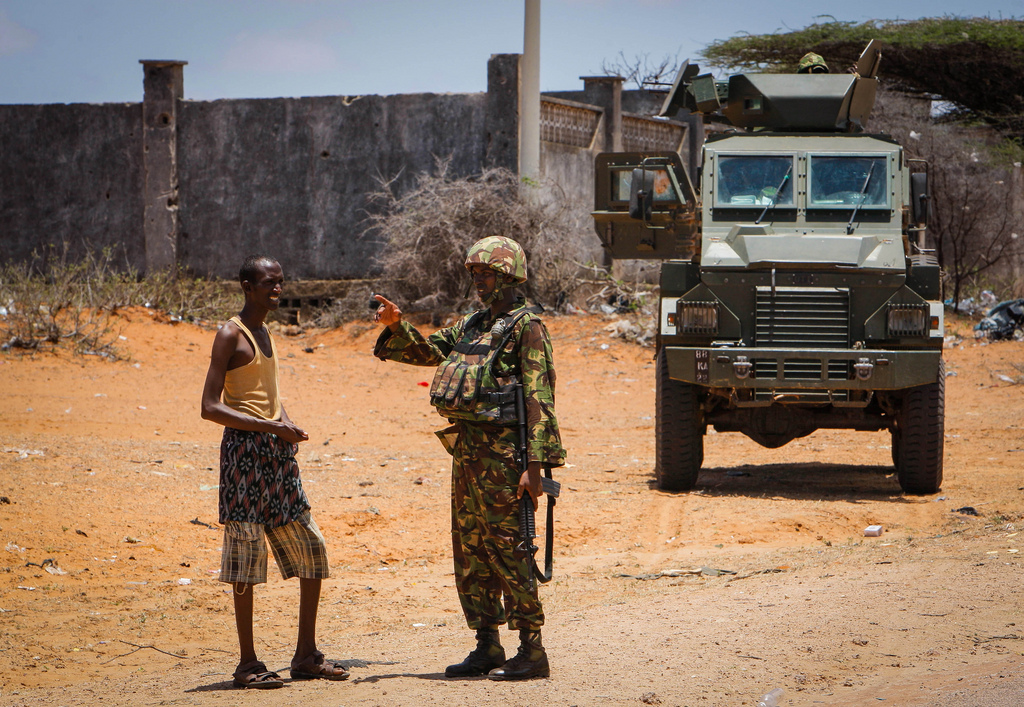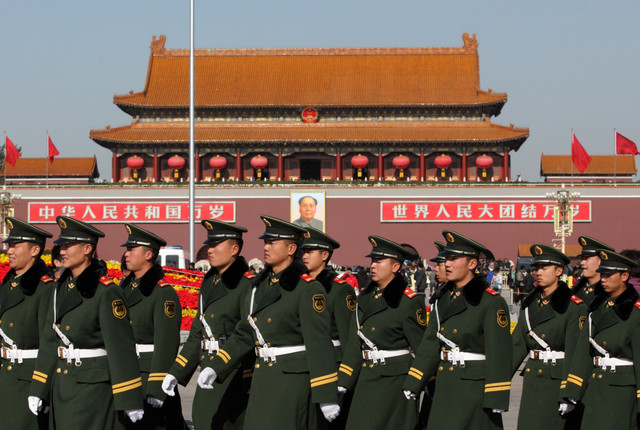What Is the Domestic Law Basis for U.S. Airstrikes Supporting AMISOM in Somalia?
A few days ago, Ashley had an excellent post flagging an important shift in U.S.

Published by The Lawfare Institute
in Cooperation With

A few days ago, Ashley had an excellent post flagging an important shift in U.S. policy relating to the use of force against Somalia: having been careful in the past to target only key al Shabaab leaders thought to be "dual-hatted" as al Qaeda members in their own right, we recently engaged in a series of airstrikes against a massed body of al Shabaab fighters said to be on the verge of an attack on African Union forces there (see here). The legal significance, as Ashley explained, is that this appears to be a different mission requiring a different legal theory. Her post canvassed the possibilities from the international law perspective. Here, I follow up with a quick review of the domestic legal implications.
How about the 2001 AUMF?
The public record suggests that the U.S. government has not yet concluded that al Shabaab as a whole has come within the AUMF's scope, notwithstanding its AQ-franchise status (see here for commentary on this point from last fall). The problem, as Ashley notes, is the idea that an AUMF-covered group must be more than just nominally-affiliated with AQ; it also must engage in hostilities against the United States or its coalition partners. Well, one possible domestic law explanation for the recent shift in airstrike policy is that the government might have decided that al Shabaab has now crossed this line. Note that it is possible that such a conclusion might be based on a judgment that AMISOM is an American "coalition partner"--it's not like there is anything in statute clearly defining the boundaries of that status--and thus it is enough that al Shabaab is engaged in hostilities against it, even if not directly engaging the United States.
If not the AUMF, then what?
Don't forgot how broadly the Obama administration construed its independent Article II authority to direct airstrikes (even if not boots-on-the-ground) in Iraq during the first few months of airstrikes against ISIL. The argument at that time included (i) attenuated force-protection claims (based on the idea that ISIL advances in some areas threatened US personnel in those areas, and also that destrution of a dam might threaten harm to US personnel downstream in Baghdad), and (ii) humanitarian protection (in the case of Mt. Sinjar in particular). It is not that hard to imagine some combination of these same arguments being mounted in connection with the protection of AMISOM forces, though it does seem to me (based on the few publicly-available facts) that this might be even more of a stretch than was the case with ISIL in Iraq.
Does anyone care?
It's not clear anyone really does. I may have missed it, to be sure, but I've not seen this issue raised anywhere else so far. And I doubt this post is going to set off any real debate. This is, I think, an unhealthy state of affairs.





